Hi! Most lab diamonds I see are graded by IGI, but I am really struggling to understand what makes an ideal cut?
For example, why is this diamond (https://www.igi.org/reports/verify-your-report?r=LG447063514) an ideal cut while this one (https://www.igi.org/reports/verify-your-report?r=LG455040416) is only an excellent cut?
Isn’t a 40.1 degree pavilion angle really shallow with obstruction problems...? To that end, wouldn’t a 40.5/35.1 combination be much better? Is the cut grading perhaps because the second stone is deeper? I have been coming across quite a few IGI ideals that seem to have worse pav/crown combinations than excellents, am I just missing something?
Any opinions and views are welcome! Thank you!
For example, why is this diamond (https://www.igi.org/reports/verify-your-report?r=LG447063514) an ideal cut while this one (https://www.igi.org/reports/verify-your-report?r=LG455040416) is only an excellent cut?
Isn’t a 40.1 degree pavilion angle really shallow with obstruction problems...? To that end, wouldn’t a 40.5/35.1 combination be much better? Is the cut grading perhaps because the second stone is deeper? I have been coming across quite a few IGI ideals that seem to have worse pav/crown combinations than excellents, am I just missing something?
Any opinions and views are welcome! Thank you!





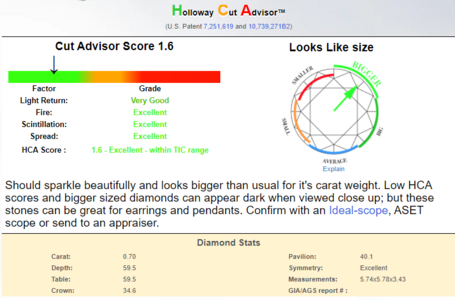
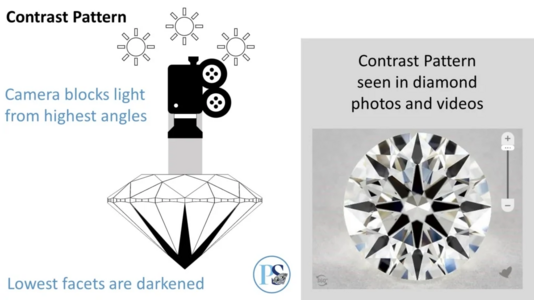
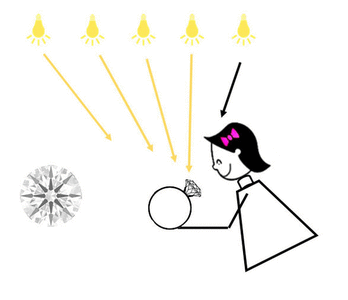
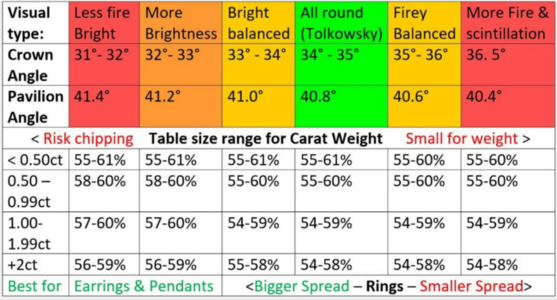
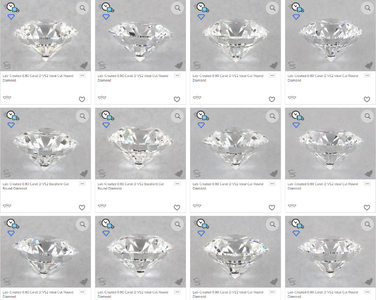
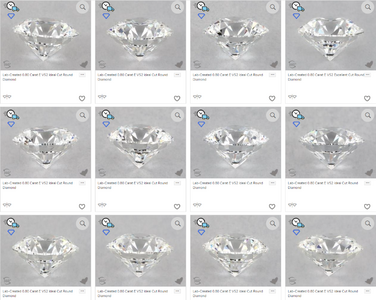
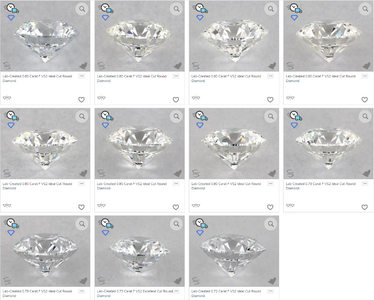

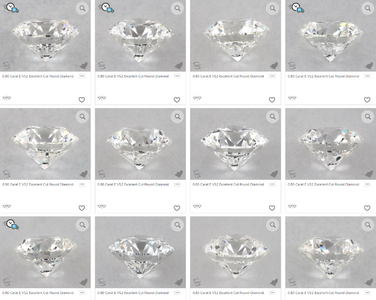
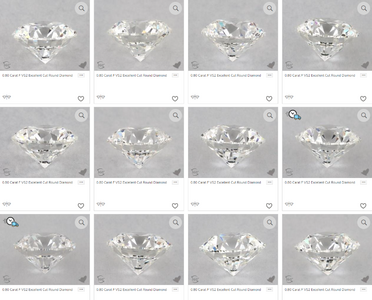
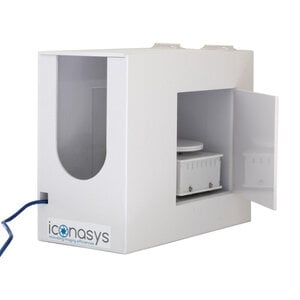


300x240.png)